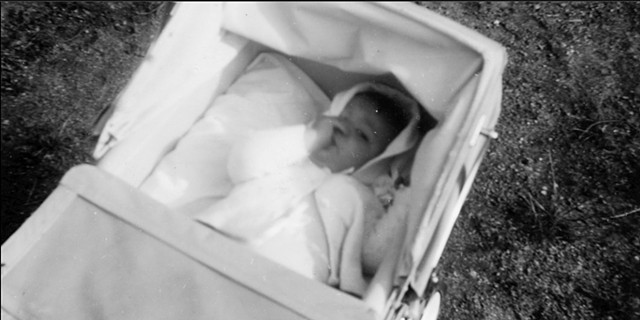Felice Hapetzeder
Felice Hapetzeder
I still remember your voice (43:34)
An archive about an ordinary human being
A person's death gives perspective on her life and a period in history.
After her death, I decided to collect all the pictures of my mother that I could find. From her as a baby to her death bed. From the beginning in Austria just before WWII (1936) to the working years as a nurse in Sweden and retirement just shortly before a life-changing accident and the years of increasing dementia.
Who photographs the single immigrant mother? She took thousands of photographs every year, especially on her many travels. She herself can only be seen in a small fraction of the pictures. Almost every time, it must have been an active decision by her to ask someone to take the picture of her. There was never a man or other life partner who was interested in these pictures; they were intended for her collection, to be put on a shelf with all other albums—a form of archive.
When she died, I decided to save only the images where she was present. It was like trying to find needles in many haystacks. I ended up with 1307 images from her life.
She was living for her travels. She was the one who took pictures before everyone had a camera with them. She was ahead of her time in that way; everything had to be documented. Of course, this was analogue photography. It would have been different if she had been able to see and delete pictures from the camera. These images are much less curated.
I am interested in early moving images, the illusion of animation coming to life. What happens between the images in a life? If I place all the photographs of her after each other in the right order. A life, a row of images. Plays (all) images.
